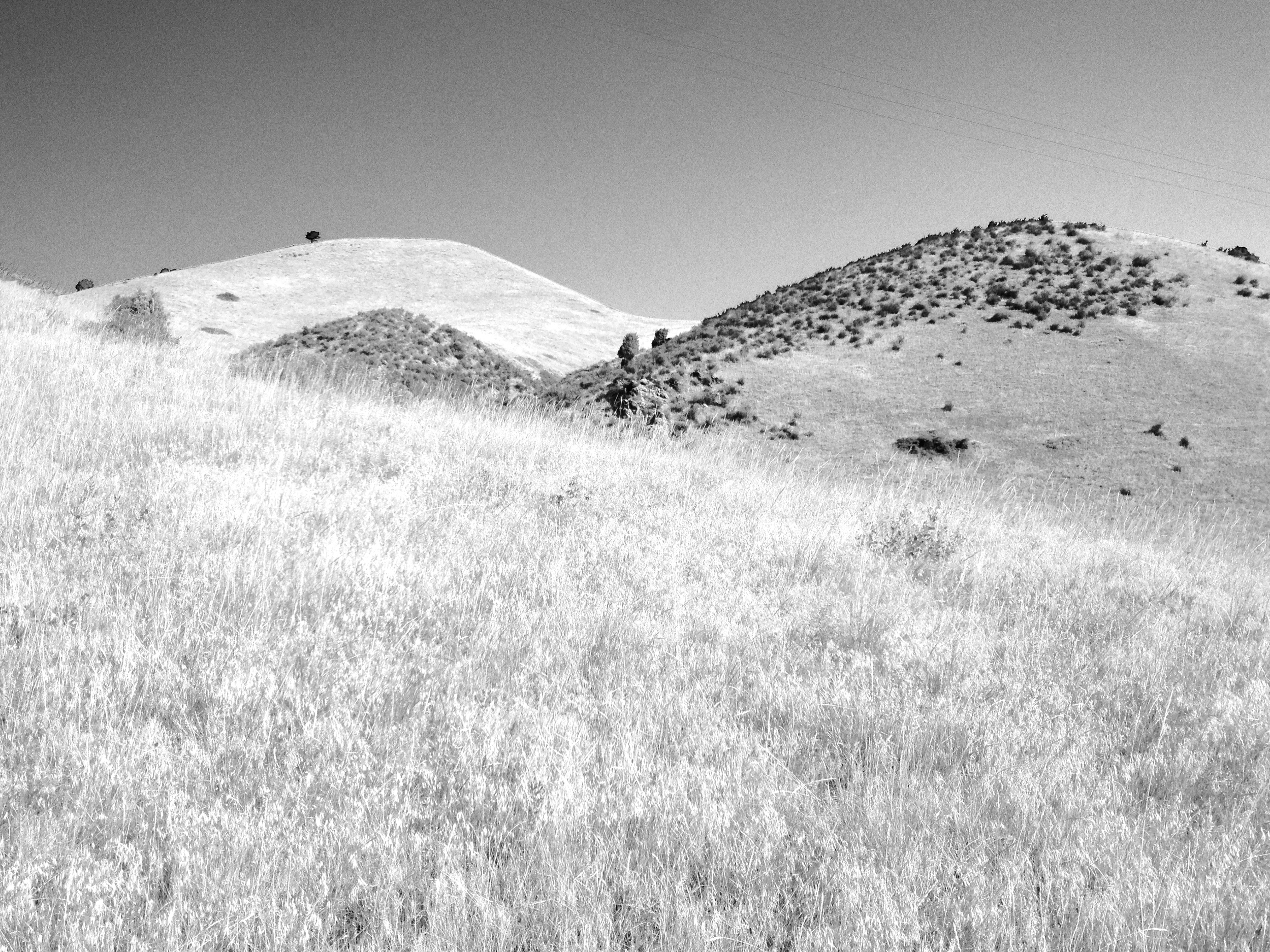Running Among the Dinosaurs
/The Dakota Ridge Loop
The colorfully-named Zorro Trail leaves the Rooney Trailhead south of Golden and slashes it's way up a hogback as though the dashing masked swordsman had made it by his own blade. The low-angle switchbacks proved runnable for my outing today and lifted me to the narrow spine of the Dakota Ridge all the while offering expansive views of the hulking mass of Green Mountain and the western Denver suburbs. After gradually climbing a mile of trail, I arrived at a low saddle along the Dakota Ridge Trail, pausing to take in the view of Red Rocks Amphitheater and the surrounding open space below.
A feature of geologic interest, the Dakota Hogback tilted up and fractured as the Rocky Mountains rose from below about 80 million years ago. The result is a steep-sided large-scale wrinkle of stone flanking the hard bedrock of the Rocky Mountain uplift for miles. It runs from southern Wyoming through New Mexico forming a hard edge between the Rocky Mountains and the Great Plains along it's whole length. Erosion-resistant rock at the surface protects underlying layers which keeps the ridge intact relative to the valleys on each side. The ridgeline traverse provided classic Front Range views in all directions for the next mile, eventually descending to a roadway, the now-closed West Alameda Parkway. Though closed to public vehicle traffic, the road allows pedestrians, cyclists, and tourists the chance to view at close range the prehistoric fossil evidence unearthed from Dinosaur Ridge, one of the most renowned fossil beds in the world. The priceless Jurassic-Age fossils were discovered by a local teacher, Arthur Lakes in 1877. His finds helped spur the mad-dash golden age of the "Bone Wars", the most prolific period of dinosaur fossil collection. The Bone Wars story, especially the bizarre and hateful conflict between paleontologists O.C. Marsh and Edward Drinker Cope, is well-detailed in the 2011 American Experience documentary "Dinosaur Wars", and is also humorously profiled by Bill Bryson in his expansive tome, "A Short History of Nearly Everything", both of which are worth exploring.
My planned route, continuing south along the ridge halted at a large orange "trail closed" sign. Rather, I followed a detour along the road that sliced downward and through the fossil-laden strata of the Dakota Hogback to the west. My footprints along the roadside timelessly complimented the remnant tracks of the apatosaurs and therapods that traveled these same surfaces eons ago. Interpretive sites along the way explained the history and geology of the sites here. The detour led me into Red Rocks Park and I began climbing out of the valley after connecting with the Red Rocks Trail, meandering between enormous outcrops of deep-red sandstone. Turning north the trail paralleled the Dakota Ridge, now across the valley, to allow a satisfying loop run. I passed through the old townsite of Mt. Vernon, a boom town long ago busted, that once stood sentry along a supply route to the busy mining camps of gold rush Colorado. A few tombstones remain in memory of the early settlers. Cutting back across Morrison road, the trail climbed steeply up the Dakota Ridge again but skirted below the summit to avoid the possibility of a stray bullet from a shooting range, and continued along until I rejoined the gashing Zorro Trail back to the Rooney Trailhead.
Your Turn
Finding the Trailhead: From Denver, Take US 6 west for 10 miles to a slight left onto US 40/West Colfax Rd. Follow for 0.7 miles with a left turn onto Rooney Road (marked). Continue on Rooney Rd. for 2 miles to the Trailhead which will be on the left and is indicated by a Jefferson County Open Space sign.
PNP Extra: After the loop, grab a couple cold drinks from your car and drive south to the Dinosaur Ridge Visitor Center. At the free museum, exhibits offer additional information about the paleohistory of the area that is sure to enrich a few hours of local exploration.



